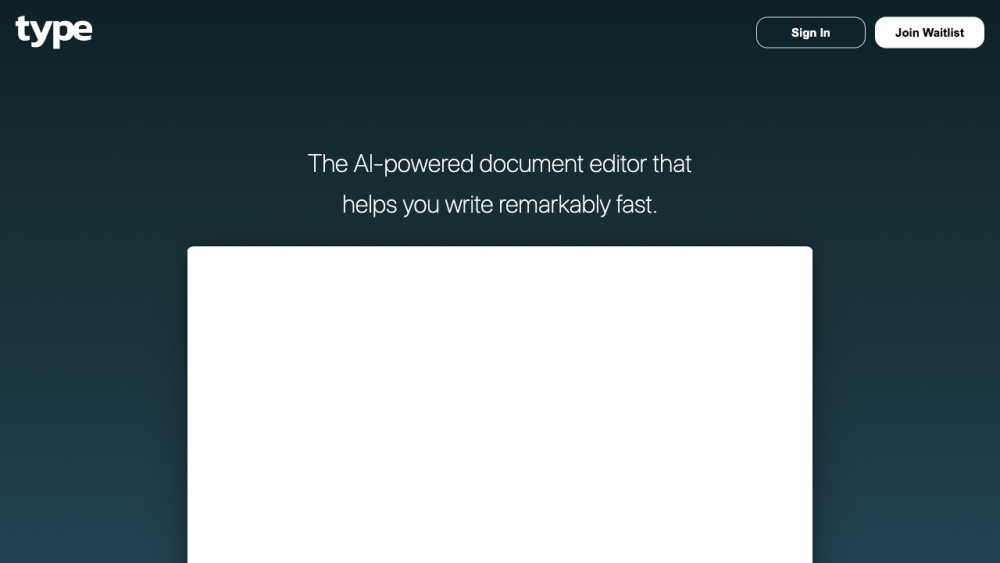Apple has entered the open-source AI landscape with the launch of its innovative suite of open-source AI tools. At the core of this release is the MLX framework, specifically crafted for Apple’s Silicon architecture. Accessible on GitHub, MLX is designed to optimize the training and deployment of machine learning models on Apple hardware.
Apple describes the design principles of MLX as "inspired" by popular frameworks such as PyTorch, Jax, and ArrayFire. However, MLX distinguishes itself with its unified memory model: arrays reside in shared memory, enabling operations across all supported device types without the need for data copying. This feature streamlines workflows and enhances performance.
"The framework aims to be user-friendly while ensuring efficient model training and deployment. Its fundamental design is straightforward, allowing researchers to easily extend and enhance MLX for rapid exploration of new ideas," the MLX repository states.
### Key Features of MLX
- **Python API Similar to NumPy**: The MLX framework includes a Python API that closely resembles NumPy, facilitating a smooth transition for users familiar with this popular library. Additionally, it provides a C++ API and higher-level packages modeled after PyTorch, allowing developers to construct more sophisticated models.
- **Composable Function Transformations**: MLX supports automatic differentiation, automatic vectorization, and computation graph optimization through composable function transformations, making it easier to handle complex computational tasks.
- **Lazy Computation**: The framework employs lazy computation, meaning arrays are materialized only when necessary. This feature optimizes resource utilization and enhances efficiency.
- **Dynamic Graph Construction**: MLX builds computation graphs dynamically. Users can modify function shapes without incurring delays from slow compilations, streamlining the debugging process and improving the overall user experience.
In a demonstration of MLX's capabilities, Apple machine learning Research Scientist Awni Hannun shared a video showcasing the seven billion parameter version of Meta’s LLaMA running on an M2 Ultra chip, which powers the Mac Studio and Mac Pro, Apple’s premier computing systems. Other notable applications of MLX include generating images with Stable Diffusion, executing speech recognition through OpenAI’s Whisper, and implementing parameter-efficient fine-tuning with LoRA.
As Apple intensifies its focus on AI, reports from this past summer indicated that the company is also developing its own web application-based chatbot service, known as ‘Apple GPT.’
### Licensing and Commercial Use
MLX is available under the MIT license, which offers extensive freedom for use, including commercial applications. However, users must adhere to the license's requirements by including copyright and permission notices in all copies of the software.
This commitment to open-source principles not only demonstrates Apple's investment in advancing AI technology but also empowers developers, researchers, and businesses to innovate within the AI landscape using its robust tools.





